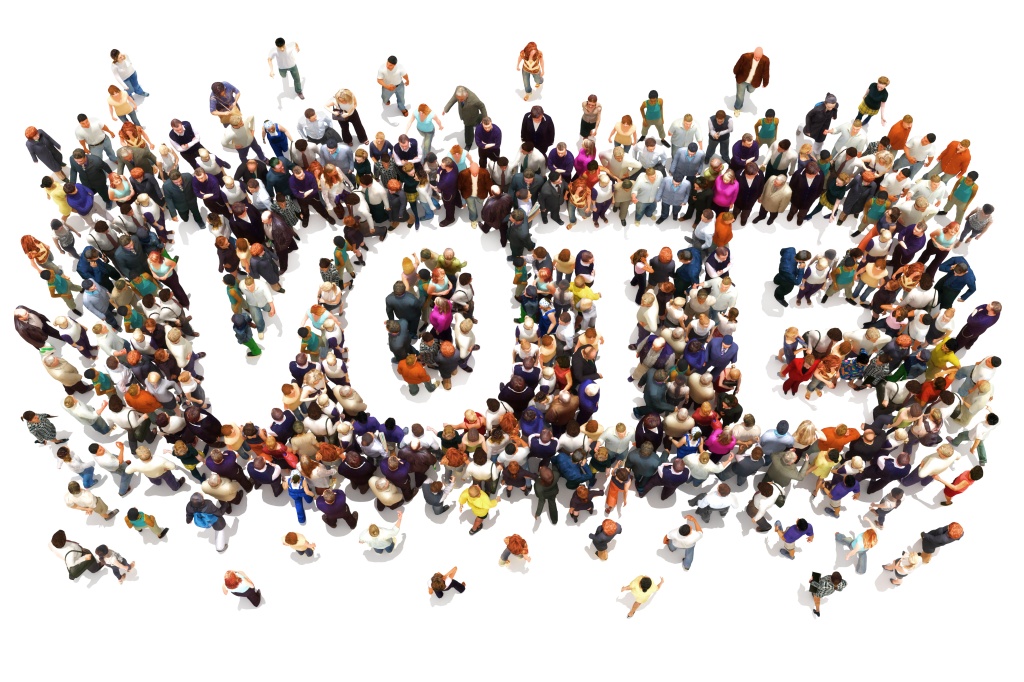
I’m tempted to say “Nothing,” but that would be too obvious.
I’m tempted to say “Watching the debates,” but that would be a lie. (I do enjoy the Bad Lip Reading versions, which are truly hysterical. But I digress.)
I’m not tempted to say “The engaging political discourse and the spirited exchange of ideas,” because that would be a big, fat lie.
However, if there’s a woman candidate, I do like to watch and see how many times the media comments on her fashion sense and grooming and calls her voice shrill and her personality unlikeable. I can keep score and see which outlets do the best and worst jobs. But that seems somewhat unlikely this year, though there may, of course, be female VP nominees—most likely will be unless Joe decides to ditch Kamala, which he shows no sign of doing.
No, what I love about the election season is the opportunity to view rhetorical fallacies in the wild. Slippery slope? Got it. Moving the goalposts? You bet. False equivalence? You know it. Appeal to the common man? All over the place. The places to see them are the debates and the TV commercials. Again, it’s fun to keep score. Keep a checklist handy. It’ll keep you distracted from your outrage.
(One year during election season I was teaching freshman English at a university, and I had a grand time introducing rhetorical fallacies through the above-mentioned method. It wasn’t around at that time, but now there’s a card game called Fallacy, which would have been a dandy teaching aid. But I digress again.)
Of course, there are classic political ads. (Some would say notorious.) The king of them all was Ronald Reagan’s “Morning in America” ad. It starts with a daisy and ends with a mushroom cloud. It was a classic slippery slope fallacy (also called the camel’s nose). The subtext was “Give the Soviets an inch and they’ll scorch the earth.” (This was back when Russia was our enemy.) It was also a notable campaign because it introduced the phrase, “Let’s Make America Great Again,” though no one wore hats that said that. And for a little more nostalgia, let’s remember that Reagan was 69 when he was elected. Back then, we thought that was old. (An underground slogan was “Reagan in ’80. Bush in ’81.” But I digress some more.)
Speaking of Bush (H.W., in this case), he took a vivid and vicious swipe at Michael Dukakis with his “revolving door prison” ad. This was the heyday of attack ads, which I think we’ll see a resurgence of this year. It could be both entertaining and appalling, as well as full of rhetorical flaws. (Also, Dukakis didn’t help himself with a commercial showing him driving a tank, which was supposed to be patriotic, but just looked silly. It was described as “The Photo Op That Tanked,” which I have to admit was a clever headline, unlike so many others that try to be witty. But I digress even more.)
I also love seeing how many times the candidates use the words “patriotic” and “freedom” without ever defining them and whether they refrain from talking about re-education camps or death panels. What I really love about election season, though, is one when there’s no violence. May it be so.
 This was written seven years ago. Unfortunately, it’s just as relevant today.
This was written seven years ago. Unfortunately, it’s just as relevant today.
 Back in the 1980s, there was quite a scandal. It seems that child care providers were supposedly abusing children horribly as part of Satanic abuse rings. The supposed acts the children were said to have performed included naked pictures and games with the care center operators, satanic rituals, orgies, and other horrendous acts. (They were also said to have seen witches fly, to have taken part in orgies in carwashes, to have been flushed down toilets into secret rooms, and to have been forced to lick peanut butter off a teacher’s genitals.)
Back in the 1980s, there was quite a scandal. It seems that child care providers were supposedly abusing children horribly as part of Satanic abuse rings. The supposed acts the children were said to have performed included naked pictures and games with the care center operators, satanic rituals, orgies, and other horrendous acts. (They were also said to have seen witches fly, to have taken part in orgies in carwashes, to have been flushed down toilets into secret rooms, and to have been forced to lick peanut butter off a teacher’s genitals.) I am sick of all the coronavirus blog posts and memes. But there are a few that I’m particularly sick of, especially the defiant ones and the conspiracy theories. Here’s what I think, for what it’s worth.
I am sick of all the coronavirus blog posts and memes. But there are a few that I’m particularly sick of, especially the defiant ones and the conspiracy theories. Here’s what I think, for what it’s worth. There are some battles you shouldn’t fight because you have no hope of winning them. Others you shouldn’t fight because you have no chance of losing them. And there are some you shouldn’t fight because hey, who cares who wins them anyway?
There are some battles you shouldn’t fight because you have no hope of winning them. Others you shouldn’t fight because you have no chance of losing them. And there are some you shouldn’t fight because hey, who cares who wins them anyway?

 Settle down, now. That thing isn’t sexual attraction, though that now that I’m getting older myself, a mad crush might not be inappropriate.
Settle down, now. That thing isn’t sexual attraction, though that now that I’m getting older myself, a mad crush might not be inappropriate.